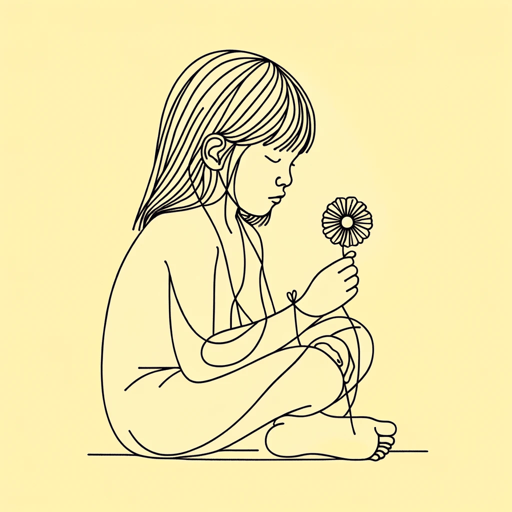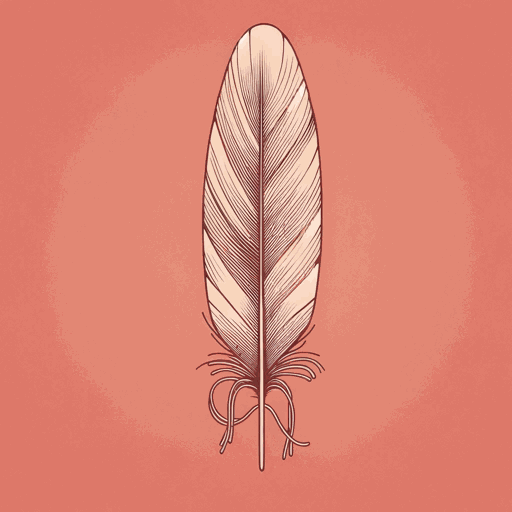53 pages • 1 hour read
Tommy OrangeWandering Stars: A Novel
Fiction | Novel | Adult | Published in 2024A modern alternative to SparkNotes and CliffsNotes, SuperSummary offers high-quality Study Guides with detailed chapter summaries and analysis of major themes, characters, and more.
Summary and Study Guide
Overview
Wandering Stars (2024) is a continuation of author Tommy Orange’s debut novel There There (2018). There There is a New York Times Bestseller and Pulitzer Prize finalist. Tommy Orange, a registered member of the Arapaho and Cheyenne tribes, grew up in Oakland, California where Wandering Stars is, in part, set. The novel deepens Orange's exploration of the fraught identities of Indigenous American people across the US. Wandering Stars stretches across time and circumstance, using a mosaic of identities to explore how generational trauma, history, and violence carry forward through bloodlines and family systems to impact the identity of the characters. Wandering Stars also examines how art can transform the lives of those who create and participate in it, despite a history of extreme violence by the US against Indigenous Americans. Wandering Stars explores what the future might look like for those who’ve consistently been subjected to violent erasure.
This study guide uses the 2024 Alfred A. Knopf Hardcover Edition.
Content Warning: The source text and this study guide refer to genocide, forced assimilation, and racially motivated violence, as well as suicide and suicidal ideations, self-harm, and graphic depictions of substance use disorder and sexual assault. In addition, the source text uses outdated terms to refer to Indigenous people, which are replicated in this guide only in direct quotes of the source text.
Plot Summary
Wandering Stars begins with a prologue situating the narrative in the late-1800s US. During this time, boarding schools for Indigenous children were founded and continued operating for nearly 100 years. The prologue situates the narrative at the start of the Sand Creek Massacre and the eventual construction of the Carlisle Indian Industrial School, and its survivors and their descendants continue to feel the weight of these historical atrocities in their present lives.
Part 1 of the narrative begins in 1924, as Jude Star survives the Sand Creek Massacre before being imprisoned at Fort Marion by Richard Henry Pratt. Upon release, Jude receives an allotment of land in Oklahoma, where he develops a substance use disorder and starts a family. Jude and his wife, Hannah, have a child named Charles. Jude is forced to leave his family to save his friend Victor Bear Shield after Indigenous ceremonies are outlawed. Later, his son, Charles, is sent to the Carlisle Indian Industrial School, modeled after the prison castle that is Fort Marion, and endures extreme physical, mental, and sexual abuse. When Charles begins his life in Oakland, he develops a substance use disorder with laudanum or opium. Charles begins writing. To obtain money to leave Oakland with his family, Charles robs general stores and is killed in the process. He leaves behind his writing, which makes its way through his descendants over the course of the narrative. His wife, Opal, pregnant with their child, takes the writing and Charles's body before they can be found. Opal dies in childbirth, leaving her daughter to the Havens, a white family for whom she worked. Victoria is raised with little knowledge of her heritage, including her father’s writing, which she archives for her daughters Opal Viola Victoria Bear Shield and Jacquie Red Feather.
Part 2 of the narrative tracks the stories of Opal and Jacquie as well as Jacquie’s biological grandsons (Orvil, Loother, and Lony), whom Opal has adopted as her grandchildren. Orvil, who was hit by a stray bullet at a shooting at the big Oakland Powwow in There There, develops a substance use disorder while recovering from the shooting. As each member of the family learns what it means to live in the present with a past that never leaves them, they try to cope in their own way. Orvil develops a substance use disorder and plays music, while Loother is angry and channels his emotions through writing. Lony uses imagination and ritual—including self-harm and releasing the blood into the earth—to find his way out of pain and bring his family with him. When Opal opens the box her mother kept for her at the Friendship Center in Oakland, she realizes that to survive is to create and tell the stories of a culture that continues to endure despite centuries of violence, racism, and suffering. Opal seeks to share this realization with Loother, Orvil, and Lony.
The family later travels to Alcatraz Island together, where Lony almost jumps from a tower, saying he can fly but also trying to make his family understand the burden he has carried as the youngest family member.
When Orvil almost dies from his substance use disorder, he realizes he needs to stop using drugs. After spending four years away from his family, he comes back to Oakland, joins a band, and recovers. Lony, however, leaves for a road trip and never comes home. Years later, after one of Orvil’s shows, Lony writes a letter explaining to his family why he had to leave, and he now plans to come home.
Featured Collections
Addiction
View Collection
Books & Literature
View Collection
Books that Feature the Theme of...
View Collection
Brothers & Sisters
View Collection
Colonialism & Postcolonialism
View Collection
Coming-of-Age Journeys
View Collection
Community
View Collection
Family
View Collection
Fear
View Collection
Forgiveness
View Collection
Globalization
View Collection
Grief
View Collection
Guilt
View Collection
Hate & Anger
View Collection
Indigenous People's Literature
View Collection
Memory
View Collection
Mortality & Death
View Collection
Mothers
View Collection
Pride & Shame
View Collection
Sexual Harassment & Violence
View Collection
The Best of "Best Book" Lists
View Collection
The Past
View Collection
Valentine's Day Reads: The Theme of Love
View Collection


